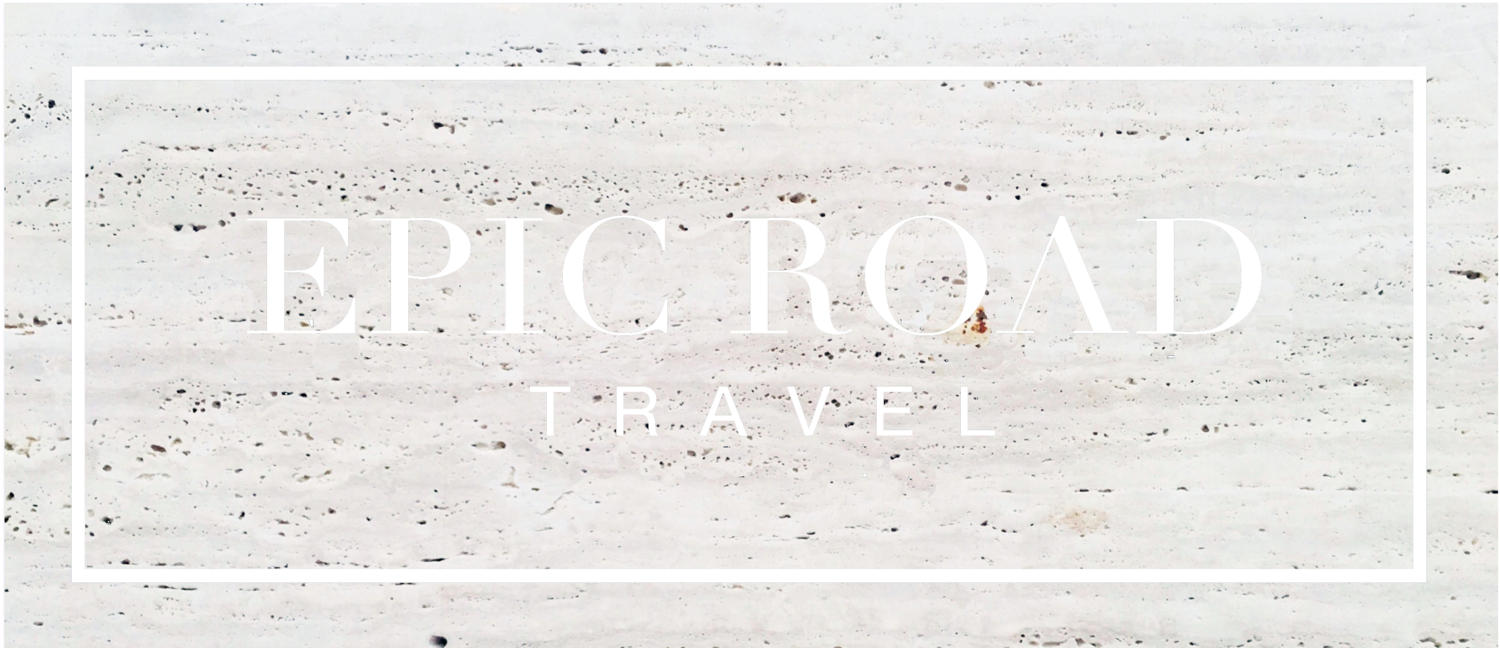Painted Dog Conservation
African Painted Wild Dog on Safari
Painted Dog Conservation is leading the charge in the conservation of wild african painted dogs. Peter Blinston has worked with Painted Dog Conservation for over a decade and is currently the organization's manager. Originally a Britain-based PDC volunteer, Blinston relocated to Zimbabwe in order to take on his commitment full-time. He has since taken on various roles within the organization all in the effort of protecting this very special endangered species.
What inspired the creation of Painted Dog Conservation?
A desire to tackle all of the issues, as we saw them, that were and still are driving the painted dogs towards extinction. It was an organic process. Poaching with wire snares grew as a threat almost overnight, so we addressed this by employing anti-poaching units. With the wires collected we established an arts and crafts programme and re-trained artisans to work with wire rather than wood to create curios, knowing that this also helped with deforestation and resulting habitat loss. Education is a vital component in any conservation programme, so we developed a residential programme for local children who live in villages that border Hwange National Park where we are based. An extension of this was obviously to take education into the communities as well. The poaching is driven by hardship (as well as poor land management), so we do what we can to alleviate the hardships endured by local communities.
What is it that makes painted dogs unique?
They are biologically unique in the sense that they have no close relative, having evolved some 15 million years ago from the bear / dog evolutionary tree. Thus they are not a true dog and can not cross breed with domestic dogs as, for instance, a wolf can. To put this into some sort of context, painted dogs are as related to domestic dogs as humans are to baboons--quite a gap! Painted dogs have a highly evolved social system and caring for sick, injured, or old dogs in the pack is quite a remarkable thing to witness.
What are the goals of your conservational efforts and where do they primarily take place?
Our core operating area borders Hwange National Park. This is where our education work, etc., takes place. We also monitor packs in Mana Pools. The aims of the Painted Dog Conservation Organisation, as outlined in the registration, were initially identified as:
To enhance the long term appreciation of the desirability of maintaining maximum biodiversity in Zimbabwe to the benefits of all generations of this country by promoting Painted Dogs as a flagship species.
To promote the education of people in Zimbabwe in such matters.
Our Goals to date have been expressed as:
To increase National and International awareness of the plight of Painted Dogs.
Ensure population stability by protecting and maintaining populations in the buffer zones as well as responding to any Painted Dog individual, pack or population in need of assistance.
Maintain and facilitate diversity within the gene pool of the Zimbabwe National Population.
Maintain and develop our anti-poaching unit (APU) initiative.
Maintain and further develop our Community Education Programme.
Maintain and further develop our Community Development work by linking more community needs with appropriate International Aid Organisations.
How does PDC take an educational approach to conservation?
We conduct a world class residential education programme with grade six (11/12 year old) children and extend this into the communities via the establishment of Conservation Clubs. The Children’s Bush Camp Programme conducted by the Painted Dog Conservation Organization provides a free of charge, residential, total immersion, conservation education experience for all grade six students from the primary schools of the indigenous communities that border the Hwange National Park buffer zone. The programme introduces students to native species, ecological relationships, the adverse effects of extinction and the need for nature conservation. Concepts are reinforced through hands-on, discovery and creative activities in small groups. Painted Dog Conservation’s bush camp programme is an unparalleled educational opportunity for local children that will have a significantly positive impact on conservation endeavors in the area by encouraging a stakeholder attitude in local communities over time and by providing direct benefit from conservation activities to local people. Having seen the local wildlife, experienced the excitement and beauty of the wild African savannah and gained an experiential understanding of its complex ecology, bush camp graduates have more of an emotional investment in caring for it. Whereas before, locals have been expected to protect something that they had no direct experience with, no emotional attachment to and received no direct benefit from, short of conducting illegal activities. Bush camp alumni will increasingly represent a new generation of villagers over time.
How has the community benefited from PDC’s involvement?
We employ 40+ local people and engage a further 20+ in the art and craft programme. Benefits come in all shapes and sizes from this employment to the education opportunities, bore holes drilled to provide clean water for drinking, and a reliable water source for gardening projects. We conduct an award winning HIV/AIDS programme, income generating projects and even sponsor the local soccer league.
What are some ways to get involved in Painted Dog Conservation?
We always need money! Its like pushing a ball up a hill, we can never stop. We do welcome visitors who can spend up to three weeks with us to experience what it is like on the front line of conservation. We encourage advocates to spread the word and at the end of the day the dogs need all the friends they can get.
For More Information please visit Painted Dog Conservation

